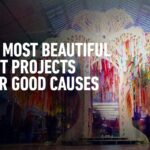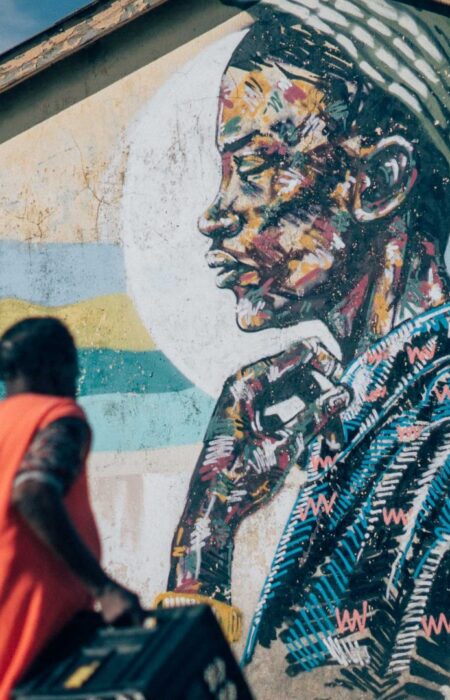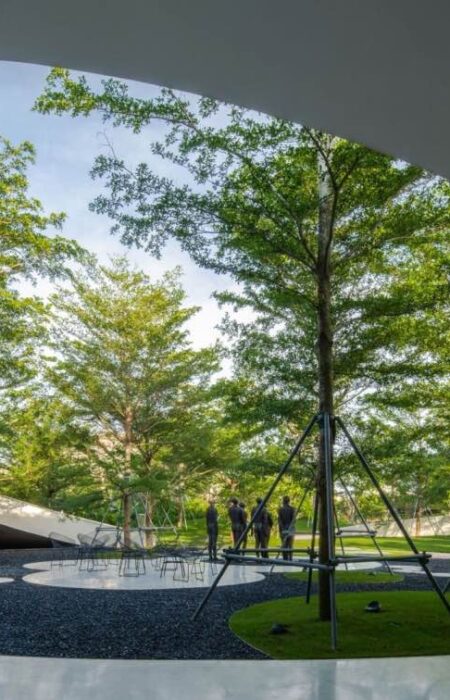A wall may separate—but it can also speak. Across the world, artists are turning the most visible, everyday surfaces of urban life into tools for resistance, celebration, and healing. In places where communities have been neglected, silenced, or erased, the mural has become a vital language—one that doesn’t ask for permission.
From favelas to refugee camps, street corners to city halls, public murals are rewriting the visual story of who belongs and what matters. And more often than not, the brush is in the hands of local artists, working not only for themselves but with their communities.
Claiming space, telling stories
The act of painting a mural in public is, at its core, a claim: This is our neighborhood. These are our histories. These are our dreams. Unlike artwork tucked away in galleries, murals cannot be hidden, ticketed, or filtered. They are democratic, confrontational, and deeply place-based.
In Mexico City, anti-femicide murals have filled public walls with the names and faces of murdered women, a demand for justice that can’t be ignored. In Cape Town, township walls are transformed by artists depicting everyday life and Black joy—a counterweight to media narratives that too often center only trauma. In São Paulo, Indigenous artists reclaim visibility through murals that reassert cultural continuity in a rapidly modernizing landscape.

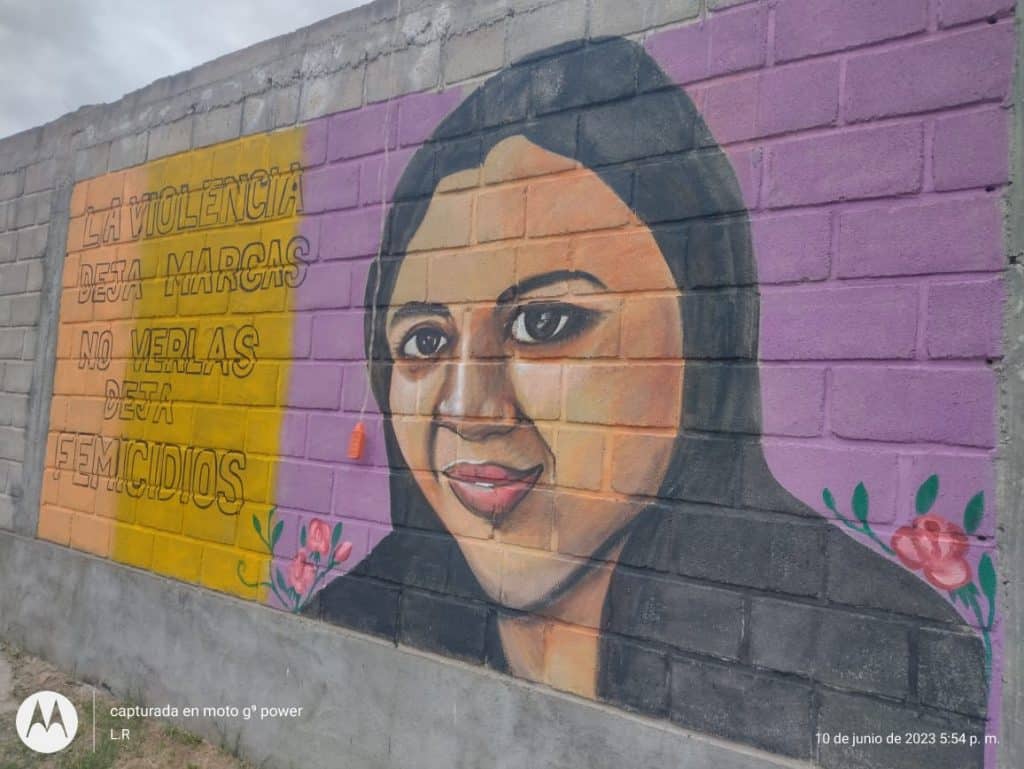
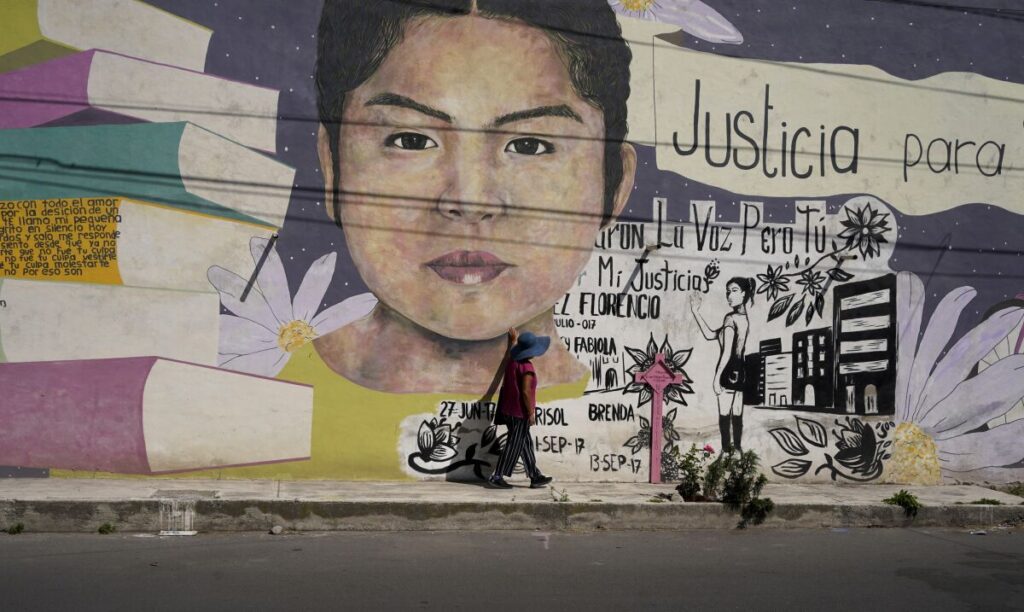
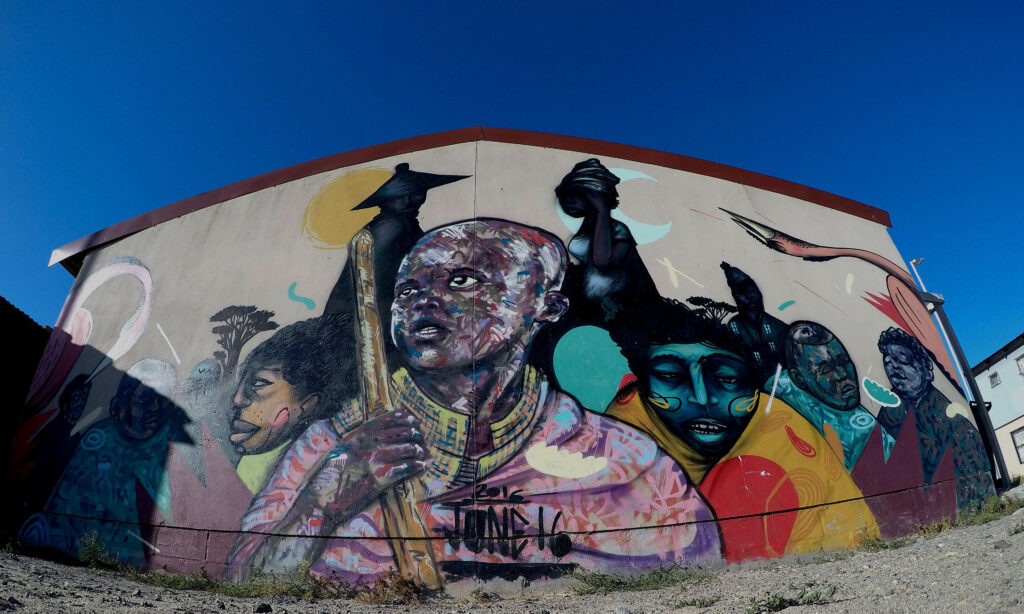
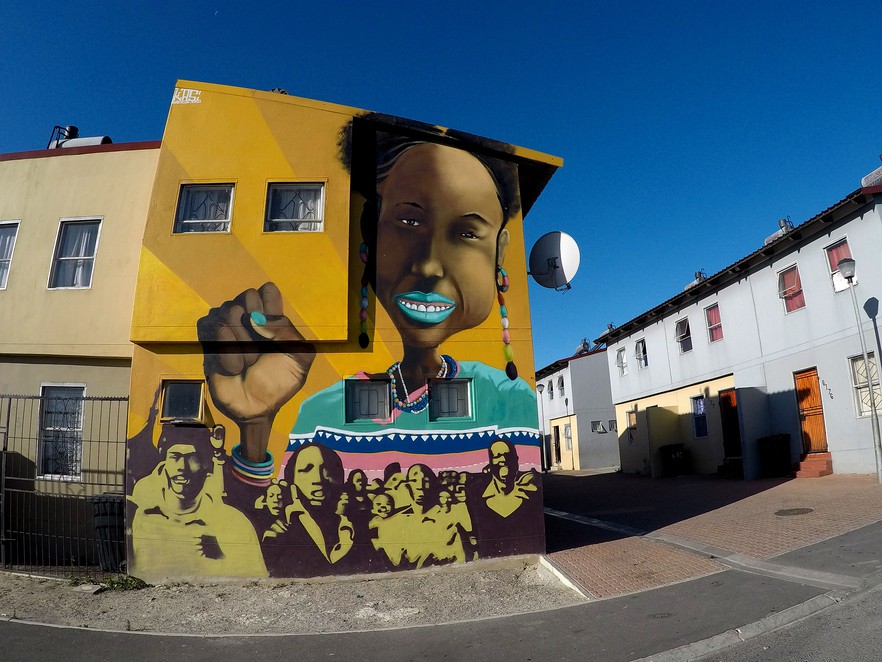
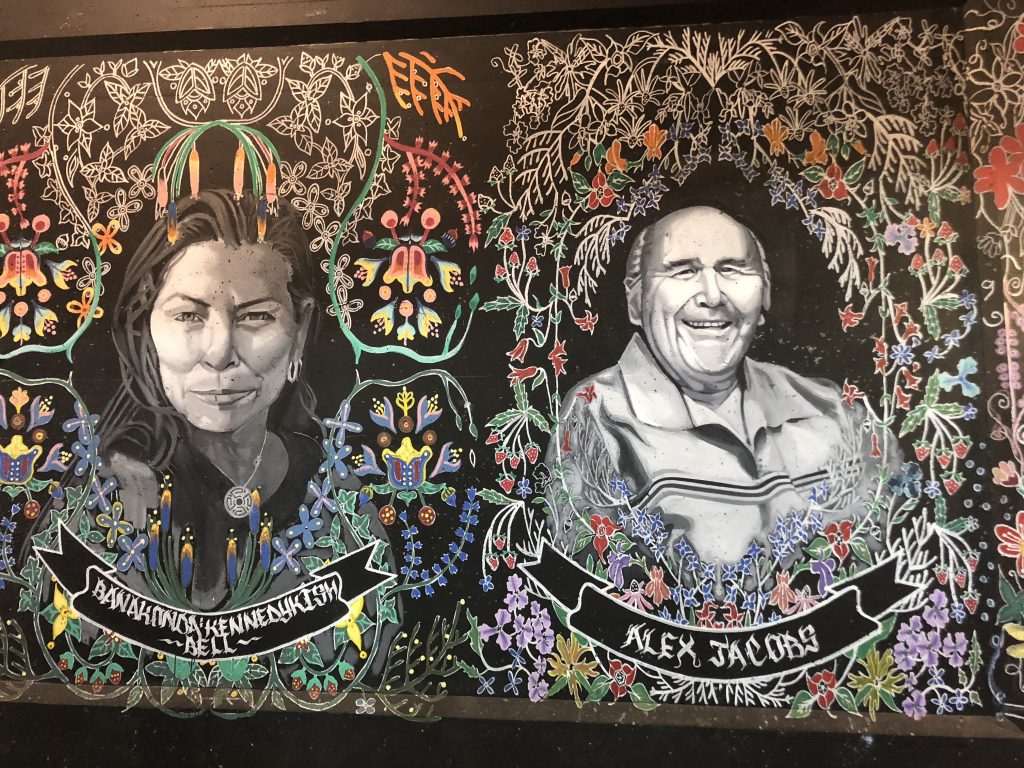
These projects are not just visual interventions. They are social ones. They interrupt the built environment to ask different questions. They invite a pause in the rhythm of passing cars and foot traffic. They say, in colors and symbols, what laws and institutions often fail to say: you are seen, you matter.
Collective process, collective power
What sets murals apart from many other forms of art is their process. They are rarely solitary acts. Murals are often born from community workshops, intergenerational dialogues, and collaborations that stretch over weeks or months. In these settings, the work of art-making becomes just as important as the final image.
Organizations like Artolution, which facilitates mural projects in refugee settlements, prioritize participation over perfection. Children, elders, and families contribute to designs that reflect their shared experience and aspirations. The result is a piece of art that is owned by the people who live among it—not imposed on them from the outside.
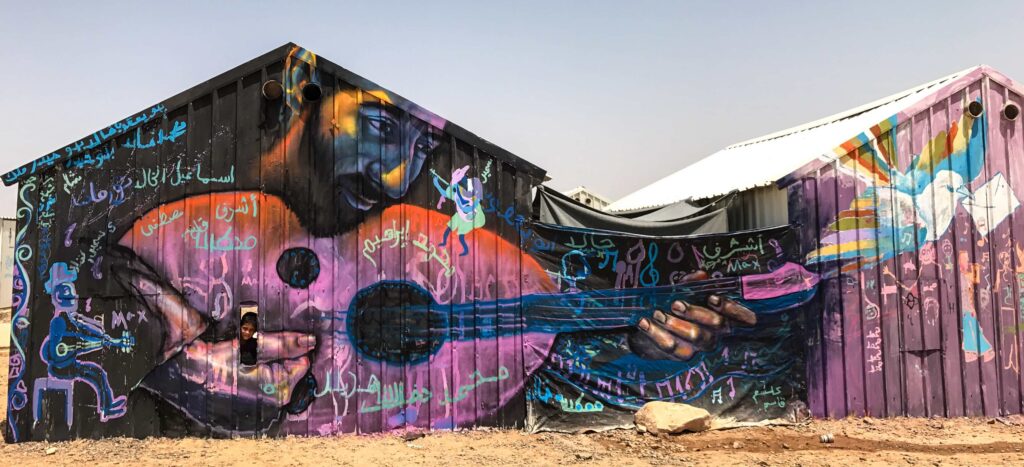
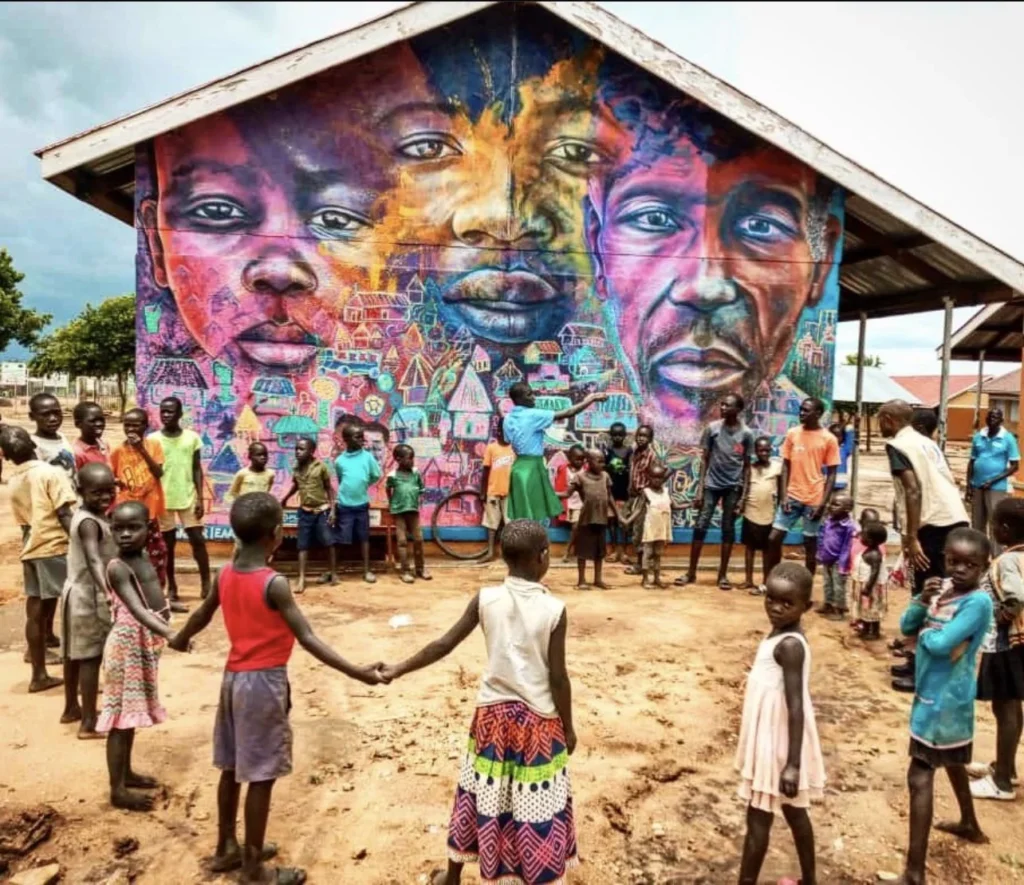

This model stands in contrast to high-end street art commissioned for commercial districts, where branding often hides beneath the paint. Grassroots murals thrive not because they beautify, but because they belong.
The mural as mirror and megaphone
Murals don’t only reflect a community’s reality—they amplify it. During moments of protest or upheaval, murals become real-time responses. In the wake of George Floyd’s murder, cities around the world saw an explosion of Black Lives Matter murals, painted directly onto streets and walls as urgent declarations of solidarity and grief.

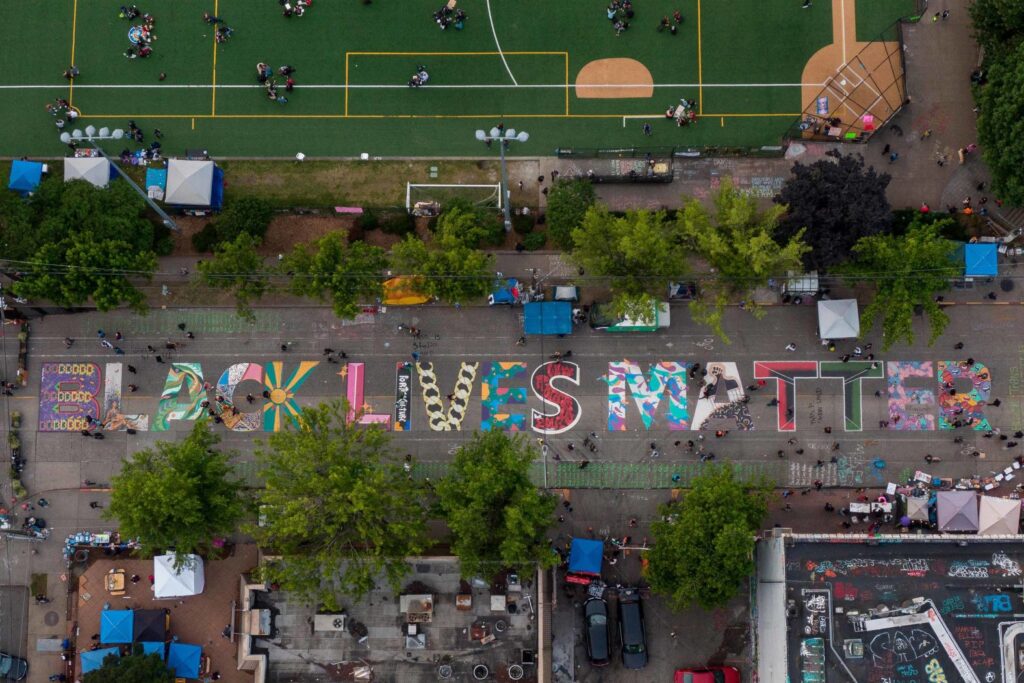
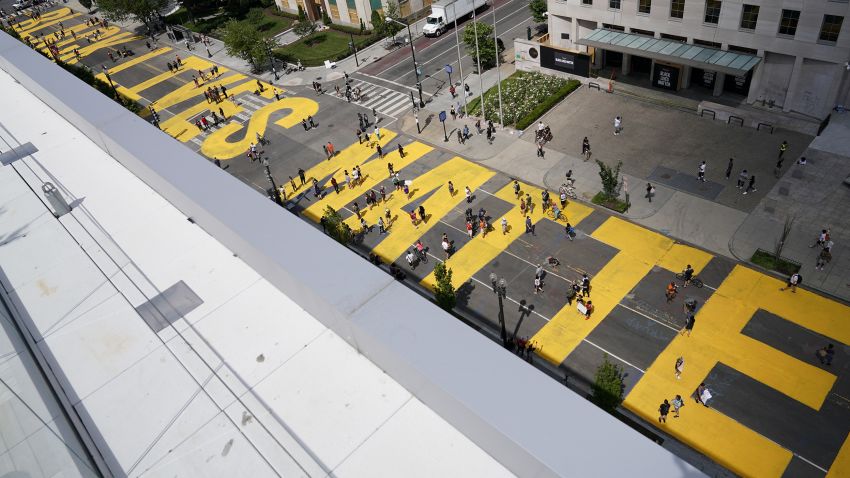
These artworks become archives of resistance. Long after protests fade from headlines, murals remain. They mark the sidewalk like a memory, a refusal to forget.
At the same time, murals can be deeply future-facing. They visualize the world as it could be: cleaner, fairer, more connected. In neighborhoods shaped by environmental injustice, for instance, murals have been used to raise awareness about pollution, green space, and climate resilience—planting seeds of hope in concrete.
Art that doesn’t ask for entry
In a time when access to the arts is still shaped by class, education, and geography, murals flip the script. There are no ticket prices, no velvet ropes. Anyone passing by becomes part of the audience.
That openness makes murals one of the most powerful forms of socially engaged art. They bring beauty into overlooked places. They offer critique where it is most visible. And they create a space for dialogue—not in hushed gallery tones, but in the full volume of daily life.
To paint a mural is to reimagine what a wall can be. Not a boundary, but a beginning. Not a message from the top down, but a story told from the inside out. In the hands of artists working within their own communities, the mural becomes not only a canvas—but a voice.


